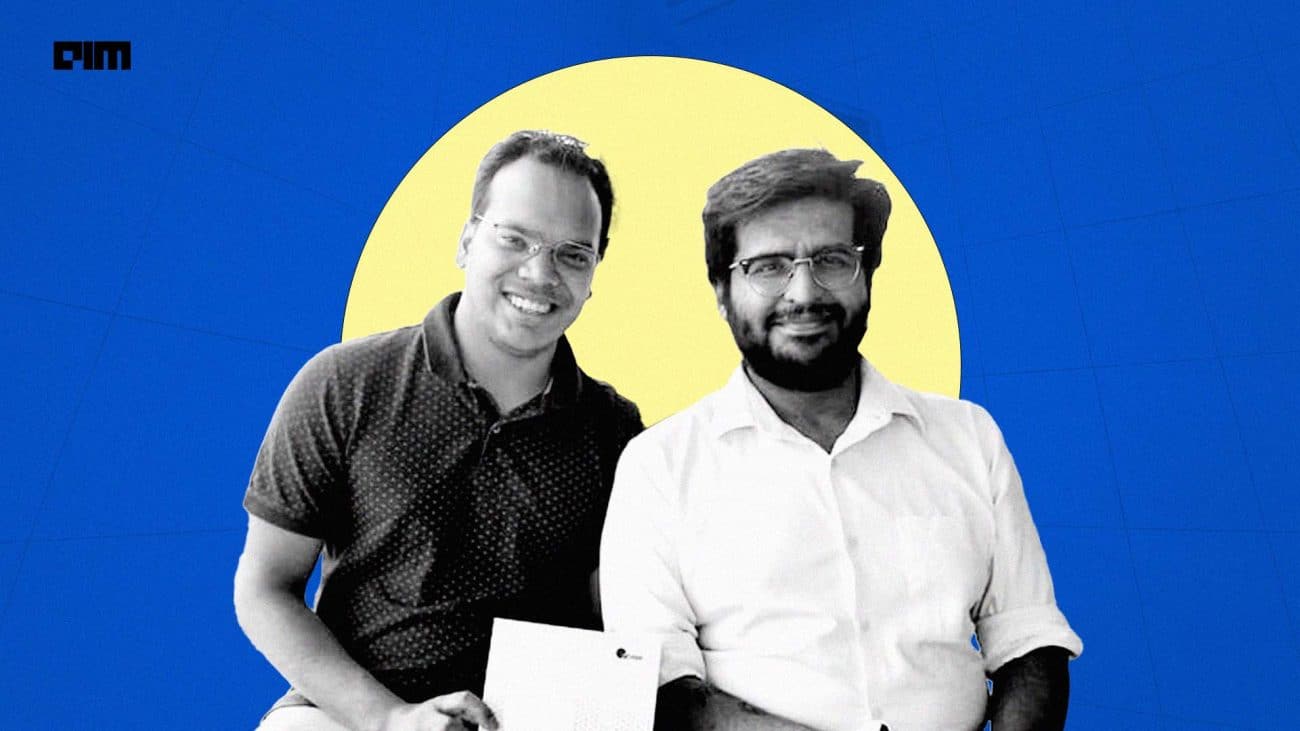With this evolving world where data is the key, job openings for data analysts and data scientists are rising daily. There are two sides when it comes to handling the data — one where the data is used to make better decisions and the other where data is used to predict results which in turn help in making better decisions. This is where an analyst or a data scientist comes into the picture.
Programming languages which handle statistics like SAS or SPSS have drawbacks when it comes to the size of the data. But if they are processed with the right computations and implementing techniques, any data can be handled easily. If one has to deal with these huge datasets, he or she should be proficient with Python and/or R. There are quite a few differences between these two programming languages, but when it comes to data handling and visualisation, they have a lot of similarities.
Python
Python was developed in the 1980s but came into application in 1989 when it was used by Guido van Rossum at Centrum Wiskunde and Informatica (CWI) in the Netherlands. This is considered a general-purpose programming language and is opted by technicians who are into development.
For example, if an algorithm has to be implemented onto your product, this language deals with it. And if things have to be done in real-time, like face detection or text-to-speech conversions, Python helps with that as well. Hence for a person who is focused on text and visuals or application developments like web apps, this programming language is helpful. As Python has an extension of TensorFlow library, it is currently used by every AI developer for building complex and models, consisting of neural networks. Deep learning aspect of ML is a game changer in the AI domain, and it makes Python the most widely-used dynamic programming language.
R
R was created by Ross Ihaka and Robert Gentleman at the University of Auckland, New Zealand, and is currently developed by the R Development Core Team, of which Chambers is a member. R has its essential focus towards statistical methods.
For example, analysis and visualisation of data are better on R because of various libraries available in this language. A text analysis can also be handled in this language, where one can draw graphs for different sections of the document to understand it better. Some of the visualisation packages in R are ggplot2, patchwork and ggiraph, among others. R being an open-source language, there are many educational sources out on the internet, where one can learn a comparatively lower cost.
The visualisations are better in R compared to Python, because of the various libraries for plotting the graphs. For a person who is switching from statistics domain to data science, it is hard considering that he has no prior knowledge of programming. Whereas Python is easy to understand and implement because it consists of simple English words and uncomplicated coding pattern.
Which One Is For You?
With these differences between the languages of the decade, a given task can be handled with either of the languages because of the versatility of libraries available in both. Hence one does not need a specific language to do a particular task unless he or she has a clear mindset of following a pattern.
For a novice, either of these languages will work to start with. As one progresses it depends more and more on the problems you are trying to solve and tasks that you are going to handle. From the latest statistics, it has been found that programmers are switching from R to Python because of its versatility. With the pros and cons of both the languages, similar libraries are being built for both Python and R. It is therefore perfectly fine to start with one of either. It doesn’t matter if you are from a programming background or not, pick one and get on with it.
Conclusion
Both these languages are domination the analysis and artificial intelligence domain of the tech industry. In future, based on the surveys conducted at Analytics India Magazine, it is possible that Python will beat R in every aspect and take over.







































































































